Expansion of Smart Cities
The development of smart cities across the GCC is a crucial factor influencing the wlan market. Governments in the region are investing heavily in smart city initiatives, which integrate technology into urban planning and infrastructure. This includes the deployment of advanced wireless networks to support various applications such as traffic management, public safety, and environmental monitoring. The wlan market is expected to benefit from these initiatives, as the demand for seamless connectivity increases. Reports indicate that investments in smart city projects could reach up to $100 billion by 2030, creating substantial opportunities for wlan market players to provide the necessary infrastructure.
Emergence of 5G Technology
The rollout of 5G technology in the GCC region is poised to revolutionize the wlan market. With its promise of ultra-fast speeds and low latency, 5G is expected to enhance wireless connectivity significantly. This technological advancement will likely drive the demand for wlan solutions that can leverage 5G capabilities. As telecommunications companies invest in 5G infrastructure, the wlan market is anticipated to experience substantial growth. Analysts predict that the adoption of 5G could lead to a 40% increase in wireless data traffic, further emphasizing the need for advanced wlan technologies to support this new era of connectivity.
Rising Mobile Data Traffic
The surge in mobile data traffic in the GCC region is a significant driver for the wlan market. With the increasing adoption of smartphones and mobile applications, data consumption has escalated dramatically. Recent statistics suggest that mobile data traffic in the region is projected to grow by over 50% annually, necessitating the enhancement of wireless networks. This trend compels service providers to upgrade their wlan market offerings to accommodate the growing demand for mobile connectivity. As a result, investments in wlan technologies are likely to rise, enabling providers to deliver faster and more reliable services to consumers and businesses.
Increased Focus on Digital Transformation
The ongoing digital transformation across various sectors in the GCC is a vital driver for the wlan market. Organizations are increasingly adopting digital solutions to enhance operational efficiency and customer engagement. This shift necessitates robust wireless networks capable of supporting cloud services, remote work, and real-time data analytics. As businesses invest in digital infrastructure, the demand for advanced wlan solutions is expected to rise. Industry reports indicate that the digital transformation market in the GCC could reach $30 billion by 2025, highlighting the potential for growth in the wlan market as companies seek to modernize their operations.
Growing Demand for High-Speed Connectivity
The increasing demand for high-speed internet connectivity in the GCC region is a primary driver for the wlan market. As businesses and consumers alike seek faster and more reliable internet services, the wlan market is experiencing significant growth. According to recent data, the demand for high-speed broadband connections has surged by approximately 30% in urban areas, prompting service providers to enhance their wireless infrastructure. This trend is further fueled by the proliferation of smart devices and IoT applications, which require robust wireless networks. Consequently, the wlan market is likely to expand as companies invest in advanced technologies to meet these connectivity needs.


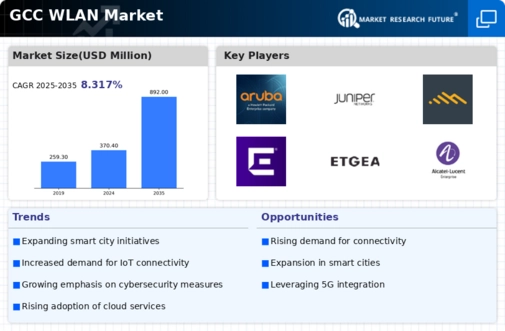

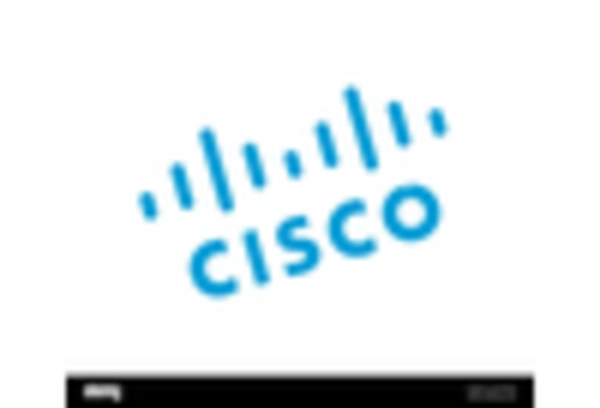
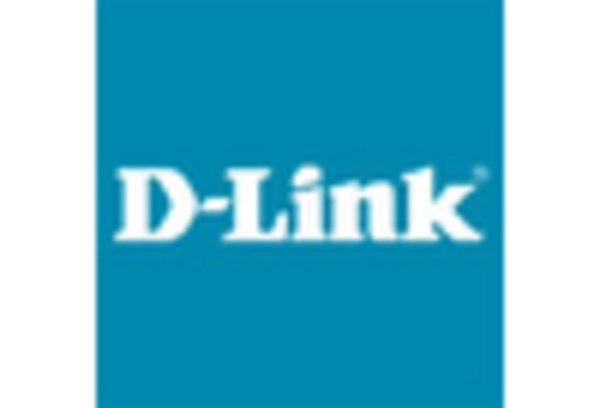
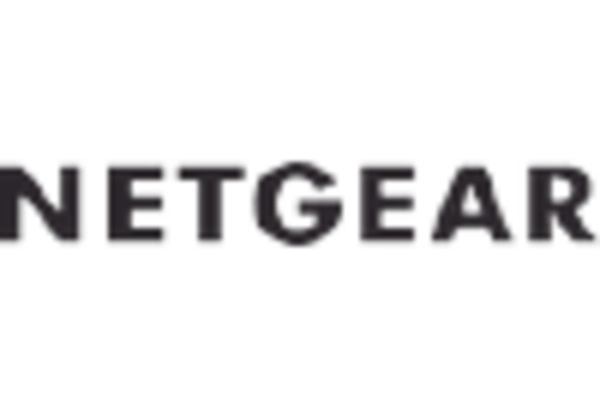

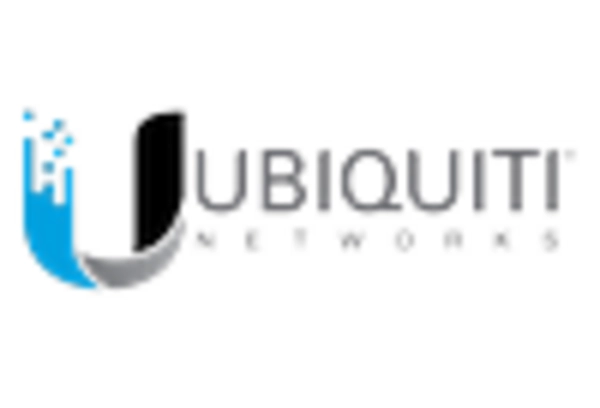








Leave a Comment